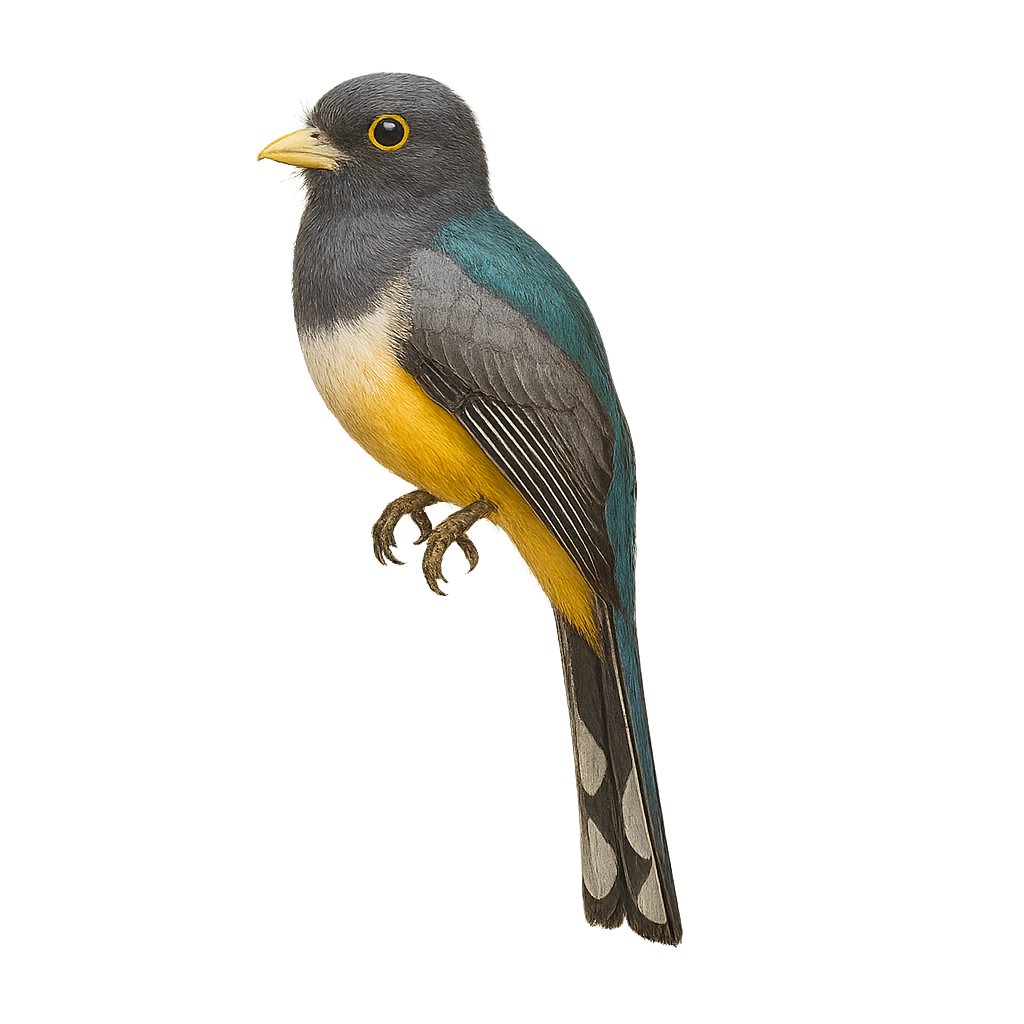Your wildlife photography guide.
Explore the citreoline trogon in detail, study its behavior, prepare your shots.
Where to observe and photograph the citreoline trogon in the wild
Learn where and when to spot the citreoline trogon in the wild, how to identify the species based on distinctive features, and what natural environments it inhabits. The WildlifePhotographer app offers tailored photography tips that reflect the citreoline trogon’s behavior, helping you capture better wildlife images. Explore the full species profile for key information including description, habitat, active periods, and approach techniques.
Citreoline Trogon
Scientific name: Trogon citreolus

IUCN Status: Least Concern
Family: TROGONIDAE
Group: Birds
Sensitivity to human approach: Suspicious
Minimum approach distance: 10 m
Courtship display: June to July
Incubation: 17-19 jours
Hatchings: June to August
Habitat:
Dry tropical forests, wooded areas, forest edges
Activity period :
Primarily active during the day, with peak activity in the morning and late afternoon.
Identification and description:
The Citreoline Trogon is a colorful and fascinating bird, primarily found in the dry tropical forests and wooded areas of Mexico. It is distinguished by its vibrant plumage, featuring a metallic green back and bright yellow belly. Males have a black head with a yellow eye-ring, while females have a duller appearance. These birds are often spotted due to their melodious song and swift flight. They primarily feed on insects and fruits, aiding in seed dispersal. Although their habitat is threatened by deforestation, they remain relatively common within their range.
Recommended lens:
400mm – adjust based on distance, desired framing (portrait or habitat), and approach conditions.
Photography tips:
To photograph the Citreoline Trogon, it is advisable to use a telephoto lens of at least 400mm to capture the details of its vibrant plumage. Be patient and discreet, as this bird can be suspicious. Look for it in dry tropical forests and wooded areas, where it often feeds on fruits and insects. Try to photograph it early in the morning or late in the afternoon, when the light is soft and highlights its bright colors.
The WildlifePhotographer App is coming soon!
Be the first to explore the best nature spots, track rutting seasons, log your observations, and observe more wildlife.
Already 1 430 wildlife lovers subscribed worldwide

